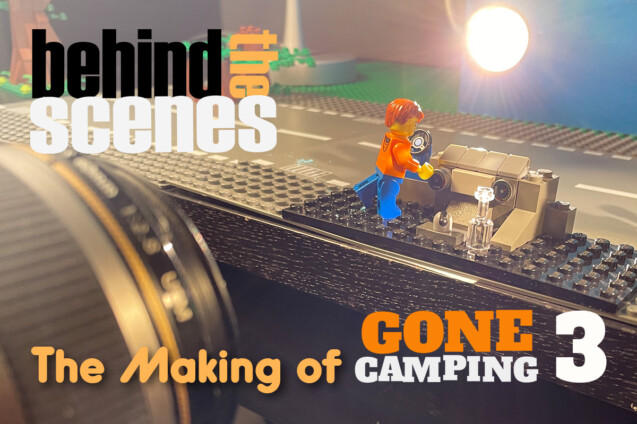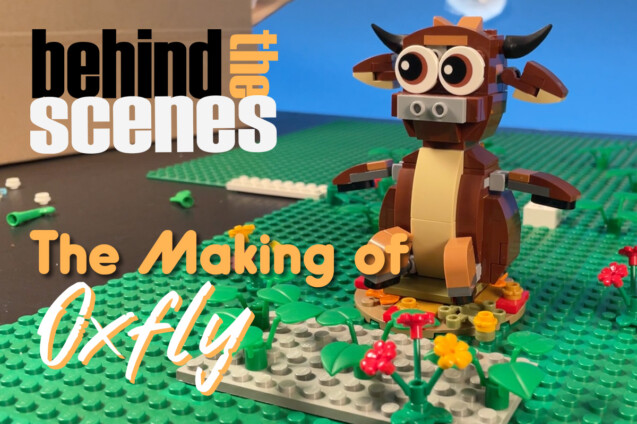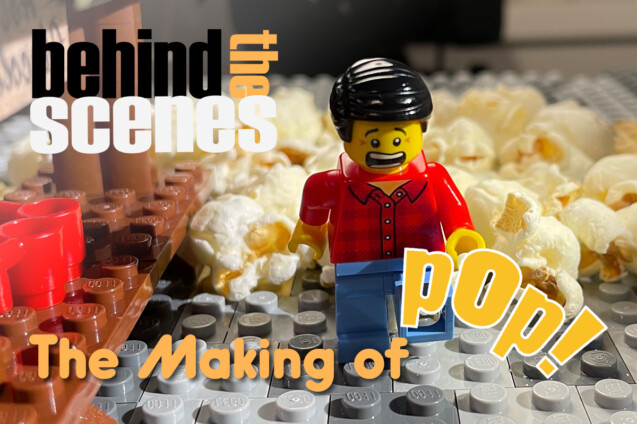2024
Year
02:02 Min.
Runtime
16:9
Format
15 fps
FPS (frames per second)
Synopsis
A Mars rover pilot desperately tries to find something on the Mars surface, before his boss loses it and gets cranky all day.
Film Facts
A so-called “Found Footage” movie, which is told exclusively through footage of security camera recordings. “Found footage” means that a movie appears as if it were real footage that was found somewhere and edited together. Examples of films of this type are “The Blair Witch Project” (the prototype) or “Paranormal Activity”.
The characters were once again voiced by Phil Brown and Stefan Minder, who had already lent their voices to “Old West Argument“. The recording session was once again a lot of fun.
ROASTED is the first movie of mine to use 3D-generated elements. The Martian landscapes, mostly seen as a background or through binoculars, were kindly generated by Jan Schwegler in Blender (a 3D software) and made available to me for the film. His images inspired me right from the start. Thank you, Jan!
The actual animation part for this movie was negligible compared to the post-production (see key figures below). Animating the face for the dialog, integrating the Mars backgrounds, the security camera and satellite views, and all the displays took a tremendous amount of time.
The rocky ground on which the rover drives or stands is the only real thing in the movie apart from the rover itself. A mixture of glue and red paint was applied to a large piece of cardboard and then red decorative stones of various sizes were placed on top.
Fun Facts
The rover pilot’s face is hidden behind a helmet with a sun visor. The reason for this is that, in addition to all the other work, I wanted to save myself the trouble of animating his face as well. Also, inserting it behind a visor could have been very difficult.
All the “surveillance cameras” used (with the exception of the view through the binoculars) have their own name so that it is clear which camera is currently being shown. In the case of the ground camera, actual locations on Mars are used (Nili Fossae and Jezero Crater). However, the fact that a trip from one place to another only takes about 5 minutes, as is the case in the movie, is definitely not correct.
The mountains marked with text bars in the binoculars (Centauri and Elysium) are also elevations that actually exist on Mars. I’m not that familiar with Mars, but I doubt that the two mountains are right next to each other.
The idea of making a found footage film out of this brickfilm only came to me later on. Originally it was supposed to be a completely “normal” movie. But somehow I thought it was a great idea to do something different. If I had known how much work it would be, I might have changed my mind again. 🙂
The film officially has no music, as is normal with found footage films. After all, it makes no sense for “real” film material to be accompanied by music. However, there are in fact a few specifically used sound effects or drone sounds that are tonal or rhythmic and suggest a mood.
For a long time, it wasn’t clear what the film should be called until the word “roasted” from the dialog was used as a signal for the next cue during the voice recordings. Apart from the fact that it just sounded hilarious to hear this word alone, it also appeared in the movie dialog and was ultimately too good not to use as a title.
The running gag spider also makes an appearance, of course. Have you spotted it yet?




